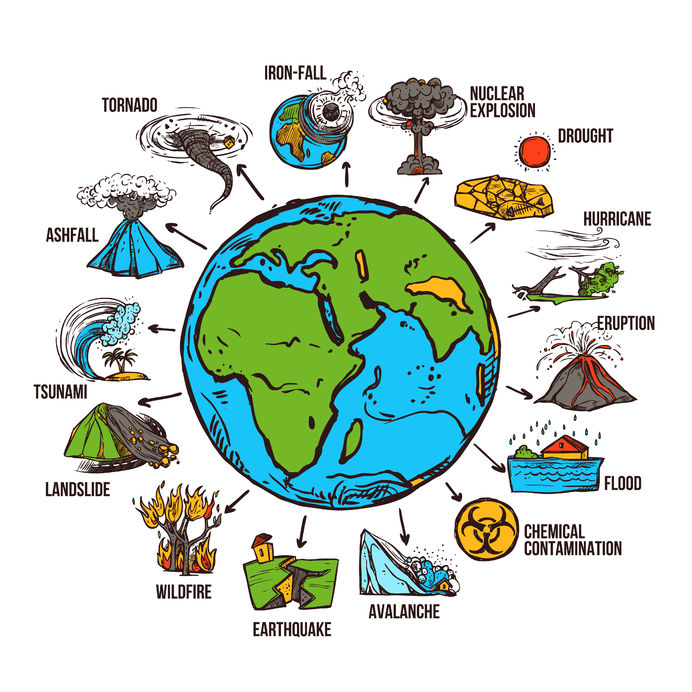Sources of Water
Either of the two processes produces water. The rest is by way of the take-off of water from the solar nebula, as it has somewhat cooled down. There is evidence from neon isotopes that the first imprinting of Earth with gases was likely to have been of solar things in place of natural ones. In this instance, the early stage serves as the starting point for water, and talk blows serve as the other starting point for water.
Carbonaceous chondroitin may be related to water bodies with the tail of light moving around the sun and, if so, their uncommon gas Isotopic signatures are characteristically different from solar more than enough, and isotopic makeup is in debt to the joining of substances in body processes.
As an outcome of that, if water lines the uncommon gases and if the neon isotope sign-mark of cover great stones gives a sign of a solar start for the terrestrially getting gases rather than a talk place of birth, then most of the seas will be in debt to their place of birth to straight to take of gases in the solar nebula made somewhat cold enough to let the producing of water smallest units.
But, how did the oceans form?
Scientists continue to find and study clues about the Earth’s formation. Some of these clues may one day provide more conclusive evidence of how water formed on our planet. Until then, scientists suggested that an important factor that led to the formation of oceans was the Earth’s imperfect spherical shape. Because the Earth formed from clumps of debris, its surface has low points, called basins, and high points, called landmasses
It seems unlikely that oceans of water would someday form on a huge ball of molten rock, but as we’ll learn shortly, the next stage in the Earth’s development provided the raw materials necessary to create a stable atmosphere, which in turn made possible great oceans of water. Scientific research suggests that violent volcanic activity shaped the Earth’s surface as it cooled and solidified over billions of years.
In the process, outgassing released massive volumes of gases trapped within the planet, including carbon dioxide, nitrogen, methane, sulfur dioxide, and water vapor. Fortunately for life as we know it, the Earth’s gravitational pull held these gases close to the surface and eventually formed a dense, stable atmosphere. This early atmosphere consisted primarily of carbon dioxide with very little, if any, oxygen.
Imagine a weather forecast calling for rain—not just scattered showers over a few days, but torrential downpours for the next million or so years! Scientists suggest that these rains began soon after the atmosphere formed and continued non-stop for thousands, if not millions, of years. Nobody knows how the earth can exactly manage to regenerate enough water to form the oceans; it still remains a puzzle.
Several scientists have hypothesized the outgassing of vapors from the water within the surface of the planet, which results in heavy rain. Other scientists speculate that perhaps comets bombarded the planet, bringing with them debris, including trapped water vapor. Over time, the comets brought enough trapped water vapor to fill the Earth’s basins with liquid water.
The Earth we know today is a wet planet, with water covering 71 percent of the surface. The landmasses we live on account for the remaining 29 percent.
The chemical composition of the oceans changed throughout the Earth’s formation. The oceans we know today represent a balance of elements and compounds that originated from the land. As water flowed from the rocky landmasses to the ocean basins, it carried many dissolved elements and compounds. These elements and compounds altered the water’s chemistry and, according to scientists, helped give rise to life on planet Earth.





